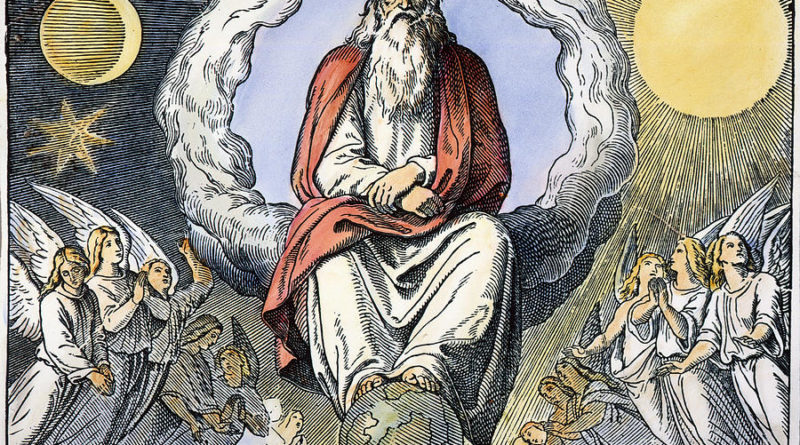RPG Review: Dawn of Worlds
Dawn of Worlds, which I spoke about here in discussing how to run a worldbuilding campaign, is worth playing on its own outside of a campaign.
Dawn of Worlds is a free independent RPG by N. Bob Pesall, in which you take on the roles of gods in a brand new world, shaping it to your whim. You will lay out a large piece of paper which will represent the map, and will also need pencils, some other paper, and some D6’s.
Each round, players will make changes to the world, recieving power points they can spend to shape the map. The cost for various actions changes as the game progresses, allowing players to shape the map, creating cities and new races, destroying locations and summoning their avatars into the world. Each age takes a minimum of five rounds. Each round after the fifth, players can vote to move onto the next age, or remain in the current age.
The First Age is centered around geography, making it cheaper to change the look of the map, and making it prohibitively expensive to introduce cities and races to the world.
In the Second Age, races will begin to appear as will their cities. This is the chance to establish civilizations and do the general worldbuilding you’d find in most of the backstory you’d read in the prologue to a fantasy novel. You can command cities to build wonders, command races to act, things like that.
Avatars will rise, which can represent dynasties, actual avatars of your god, dragons or other monsters. They can be commanded to perform other actions that would cost many power points. Essentially, by investing early, you can shape the world by sending your avatars out to do your bidding.
In the Third Age, it becomes more expensive to shape the land and create new races. Instead, you will focus on politics, learning, and war. Issuing commands to cities, creating secret orders dedicated to your cause, and advancing your cilvilization will be done here.
The game is meant to be flexible. Conflict is handled by players discussing what happens. Players will discuss how much technological advancement one group has ove ranother, what type of terrain is being fought in, etc. Each player will roll 2D6 and add bonuses based on the advantages they have. The winning army destroys the otehr army. It’s very simple, and very narrative. Players shouldn’t be too attached to whatever they create. It being a single session game, nothing is made to last.
The book concludes with a map of a world created using Dawn of Worlds, to give an example of what you can create. If you’re creating your own world, either for an RPG or for a novel or story, I suggest you play a game of Dawn of Worlds, even just with yourself, taking each turn to represent a different god in your world. You can end up with some really interesting conflicts.
I highly recommend Dawn of Worlds to anyone who enjoys worldbuilding. You can pick it up for free here.

